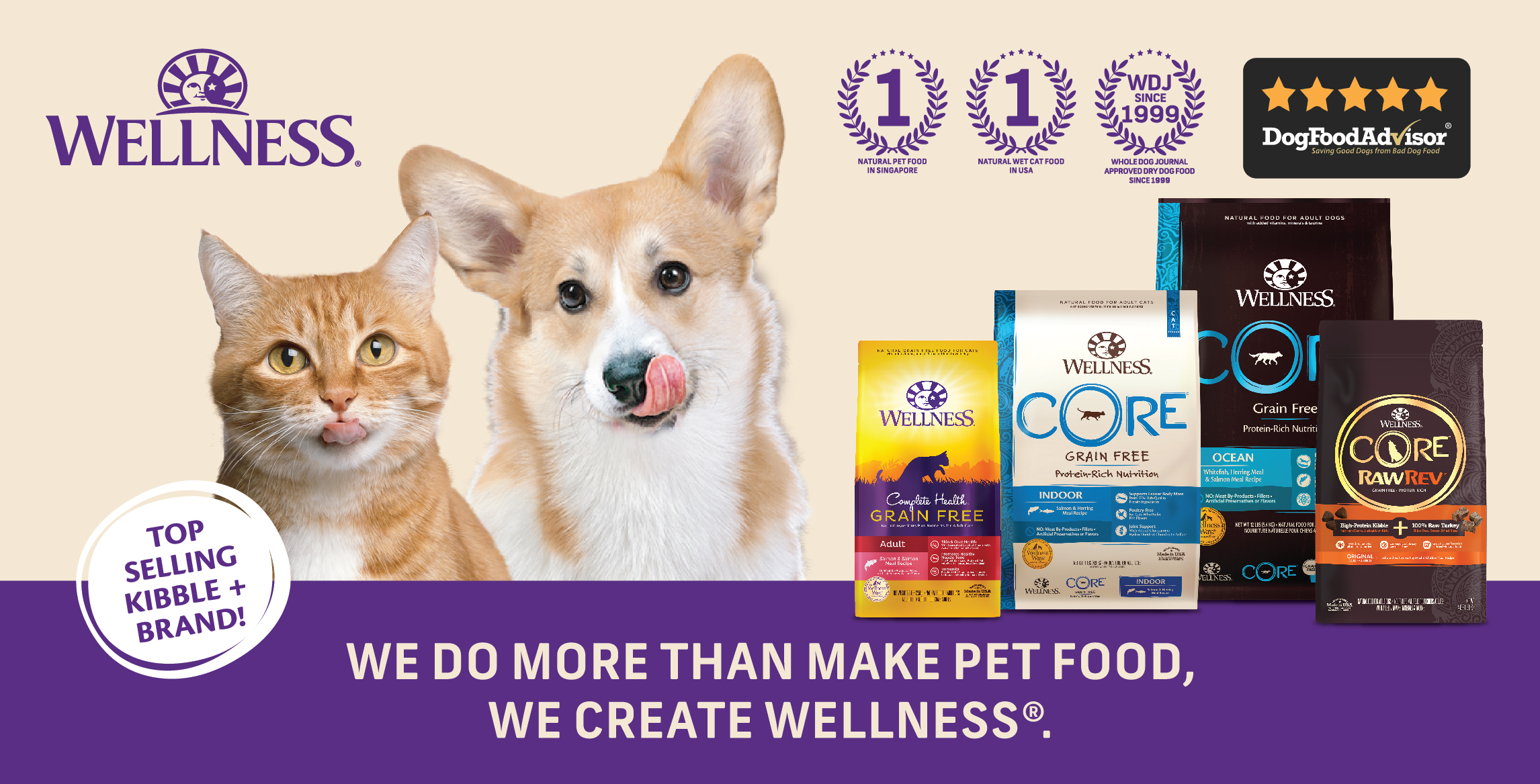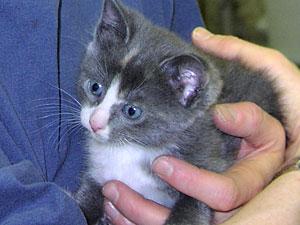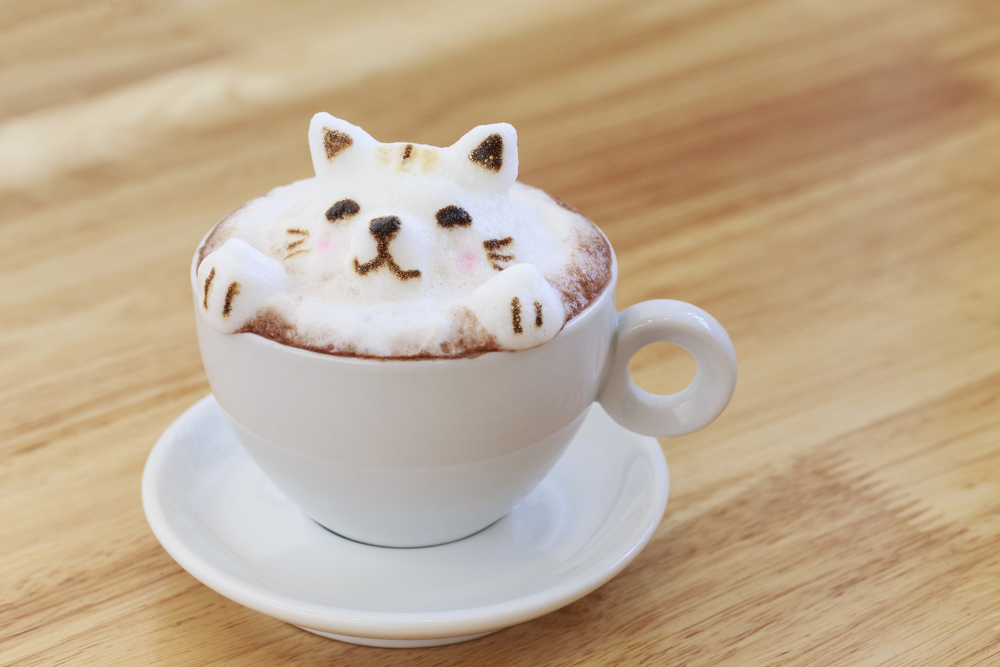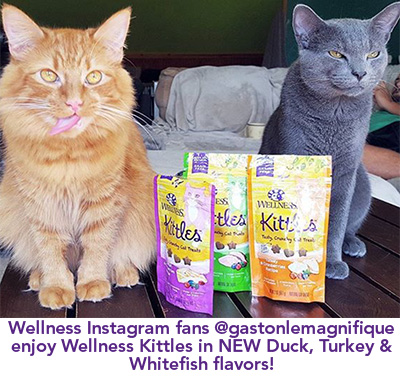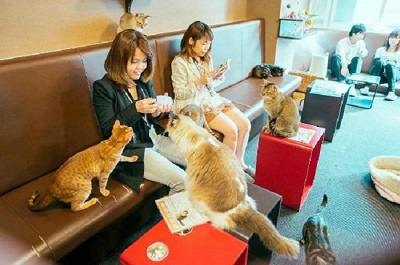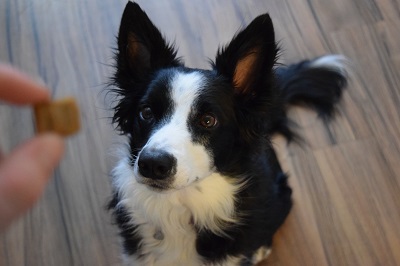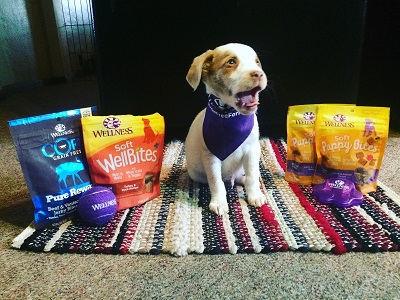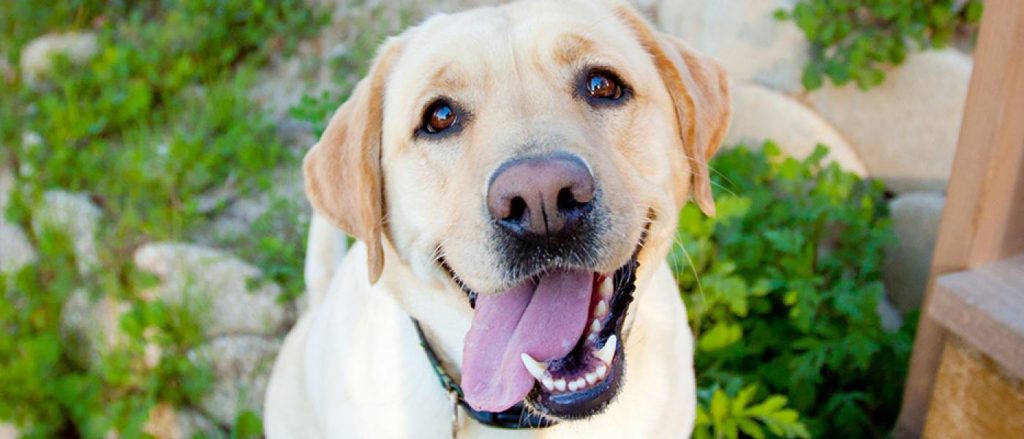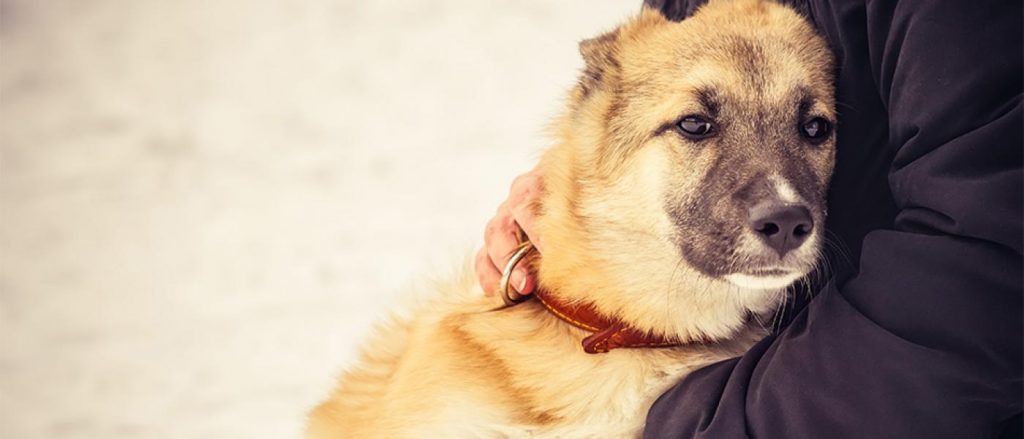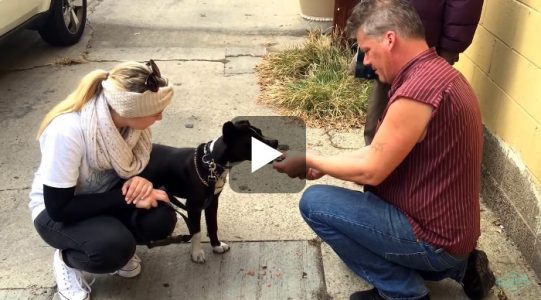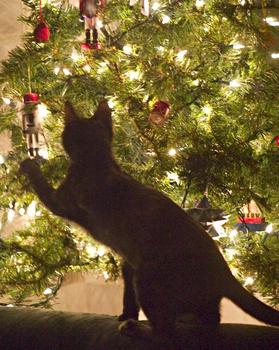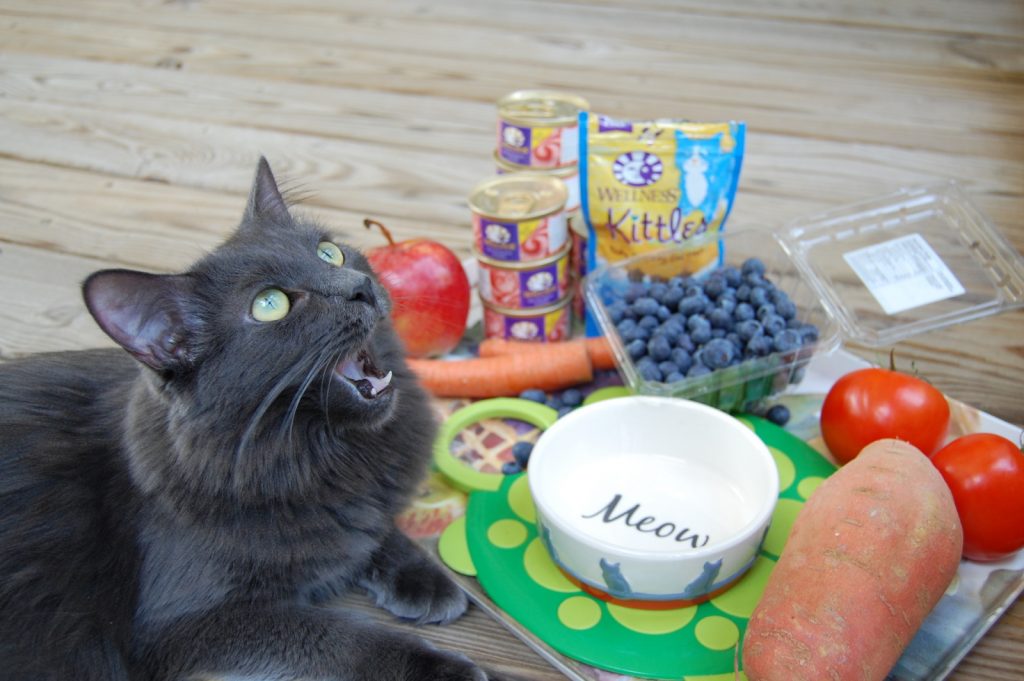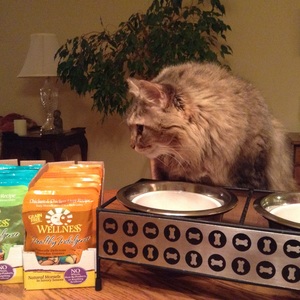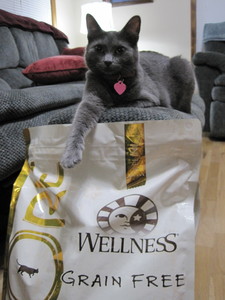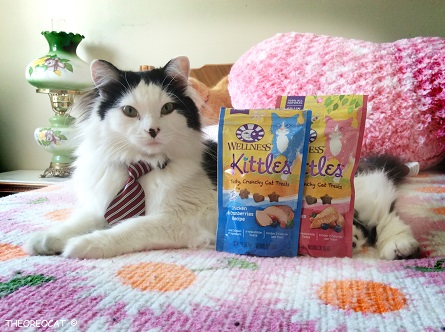
Since 2006, March 23rd has been celebrated as National Puppy Day. This day was founded not only as a celebration of the unconditional love that puppies bring into our lives, but also as a day to save the lives of homeless puppies sitting in animal shelters and to raise awareness about the horrific reality of puppy mills across the globe. Here are some ways that you can celebrate the true meaning behind National Puppy Day!
10 Ways to Celebrate National Puppy Day
1. Adopt, Don’t Shop! – Are you considering bringing a new puppy into your home? We can’t think of a better way to celebrate National Puppy Day! There is a puppy at one of your local animal shelters just waiting for you to come and give them their forever home! Social media has made it possible to browse available animals that are up for adoption at your local animal shelters right from your own home! Adopt, don’t shop!
2. Share the Puppy Love – We get to experience the unconditional love from our puppies each day, so National Puppy Day is a great opportunity for us to share that love with others.
- Take your puppy to a local elderly community to visit with the residents and put a big smile on all of their faces – your puppy will be smiling, too from all of the extra love and attention.
- Brag on your puppy on social media, tag the shelter that you adopted from and encourage others to adopt a puppy of their own!
3. Donate to the Cause – Maybe you already have the perfect puppy in your life and you celebrate their unconditional love day in and day out – lucky you! Another great way that you can celebrate National Puppy Day is to DONATE! Donate your time by volunteering at a local shelter Donate money and /or supplies to a local shelter Make a donation to an organization, such as ASPCA, that fights to end puppy mill cruelty.
4. Spread the Knowledge – Unfortunately, not everyone is aware of the dangers and cruelty involved with puppy mills. Do your research and share the knowledge to bring awareness to this important issue.
5. Capture the Moment – They don’t stay puppies forever! Hire a photographer to take some photos of you and your puppy to savor the sweetness of the puppy phase. Trust us, you will love looking back on those in the years to come!
6. Puppy Training – Training your puppy is one of the biggest responsibilities of being a puppy parent and it is also a great bonding experience for you and your new buddy.
- Sign you and your puppy up for an obedience training course and get a jumpstart on the basics. You will be well on your way to having the smartest puppy on the block!
7. Puppy Play Date – Plan a special outing for you and your puppy. Do you have a friend or relative that has a playful pup? Plan a play date at the local dog park or just bring your puppy and let him make some new friends! Socializing your puppy is one of the best things that you can do for him.
8. Take Action – Write to your congressperson to ask that he or she support the ban of puppy mills in your state. Your voice does matter!
9. Get a Healthy Start – A healthy puppy is a happy puppy! Do you know what’s in the food that you are feeding to your puppy? Is your puppy getting enough exercise?
- Make sure that you are giving your puppy food and treats that are made with all natural ingredients.
- Take your puppy out for daily walks to make sure that he is getting the proper daily exercise to keep him healthy and happy.
10. Be Present for Your Puppy – At the blink of an eye, your puppy will be all grown up! Savor the puppy phase and spend as much quality time with your puppy as you can. Raising a puppy is a big responsibility and the decisions that you make now will shape them into the dog that they will grow up to be.
